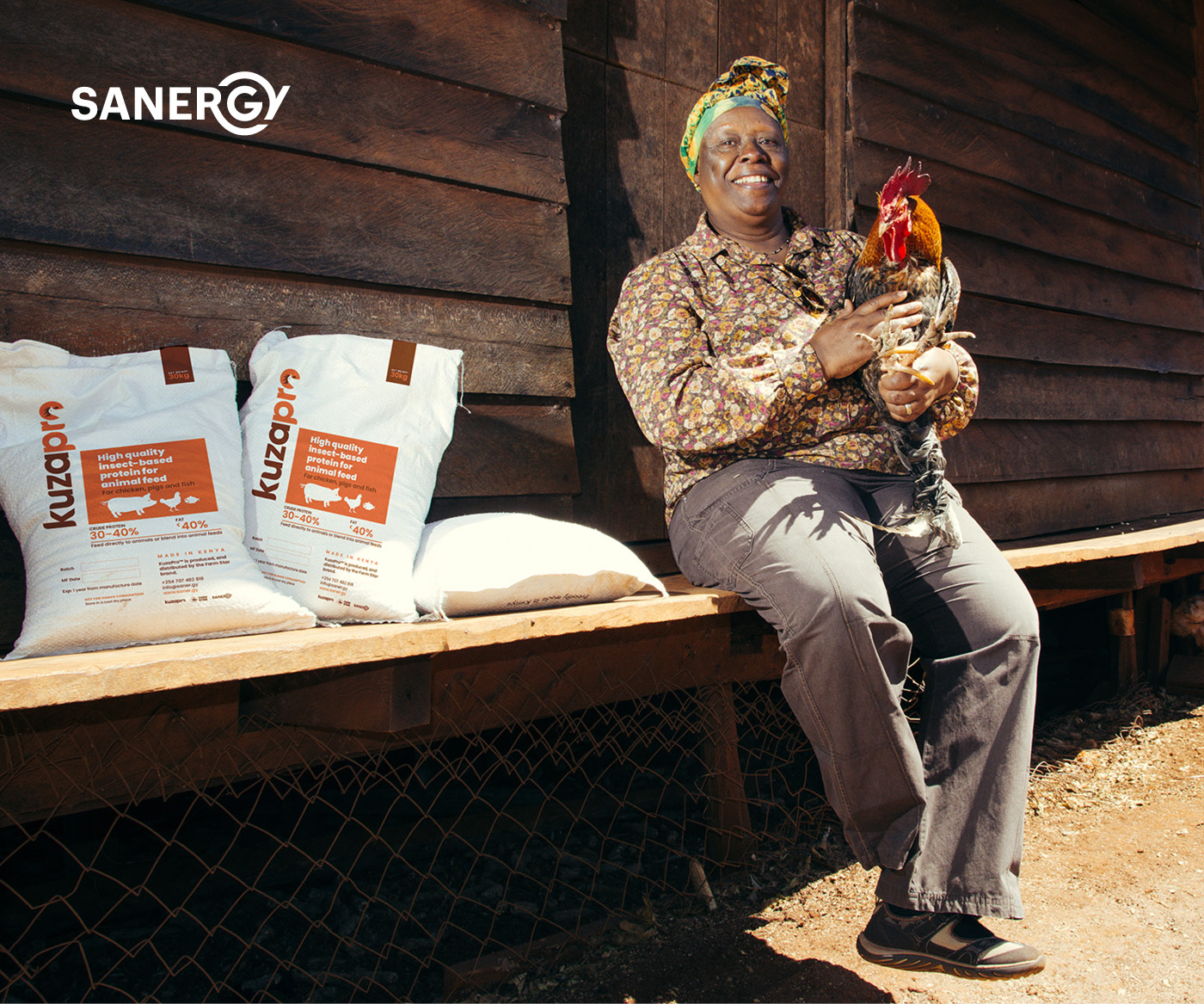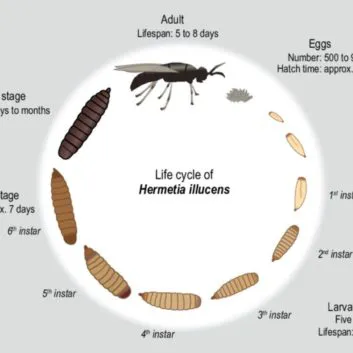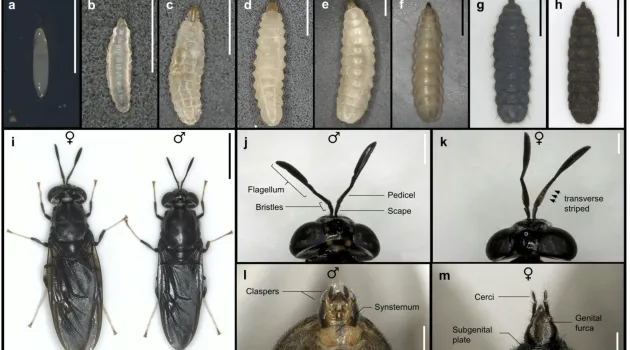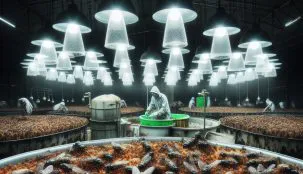The Importance of Color Temperature in Artificial Lighting

Sunlight is a limiting factor for commercial breeding Black Soldier Fly due to seasonal fluctuations in fall and winter months. Oonincx et al. (2016) stated that the ommatidia photoreceptor of BSF perception: UV, blue, and green light. Based on the spectral sensitivity of compound eyes, it is assumed that wavelengths are between 332-535 nm.
Light sources of various designs, for example, light-emitting diodes (LEDs), fluorescence, and quartz iodine lamps, are successful for reproduction purposes. However, little attention has been given to the color temperature of artificial light. Color temperature refers to the color appearance (e.g., yellow, or white) of light emitted by a light-source when it is heated to a specific temperature. It is expressed in units of Kelvin (k).
Color temperature does not directly refer to the physical temperature of a light source, but rather to the color characteristics of the light it emits when heated. The color of the light-source changes as the temperature increases. Lower color temperatures, such as those <3000 K, are associated with warmer colors like reds and yellows. Those >5000K are associated with cooler colors like blues and whites, like moonlight and starlight.
High color temperature MAY disrupt circadian rhythms (sleep-wake cycle) of insects and interfere with their ability to navigate and communicate with each other, leading to behavioral changes such as decreased feeding, mating, and reproduction. In contrast, low color temperature light sources, such as yellow (565-590nm in BSF spectral range) and red light (625-740nm seems out of spectral range in BSF) are less attractive to insects and are less likely to interfere with their natural behaviors.















